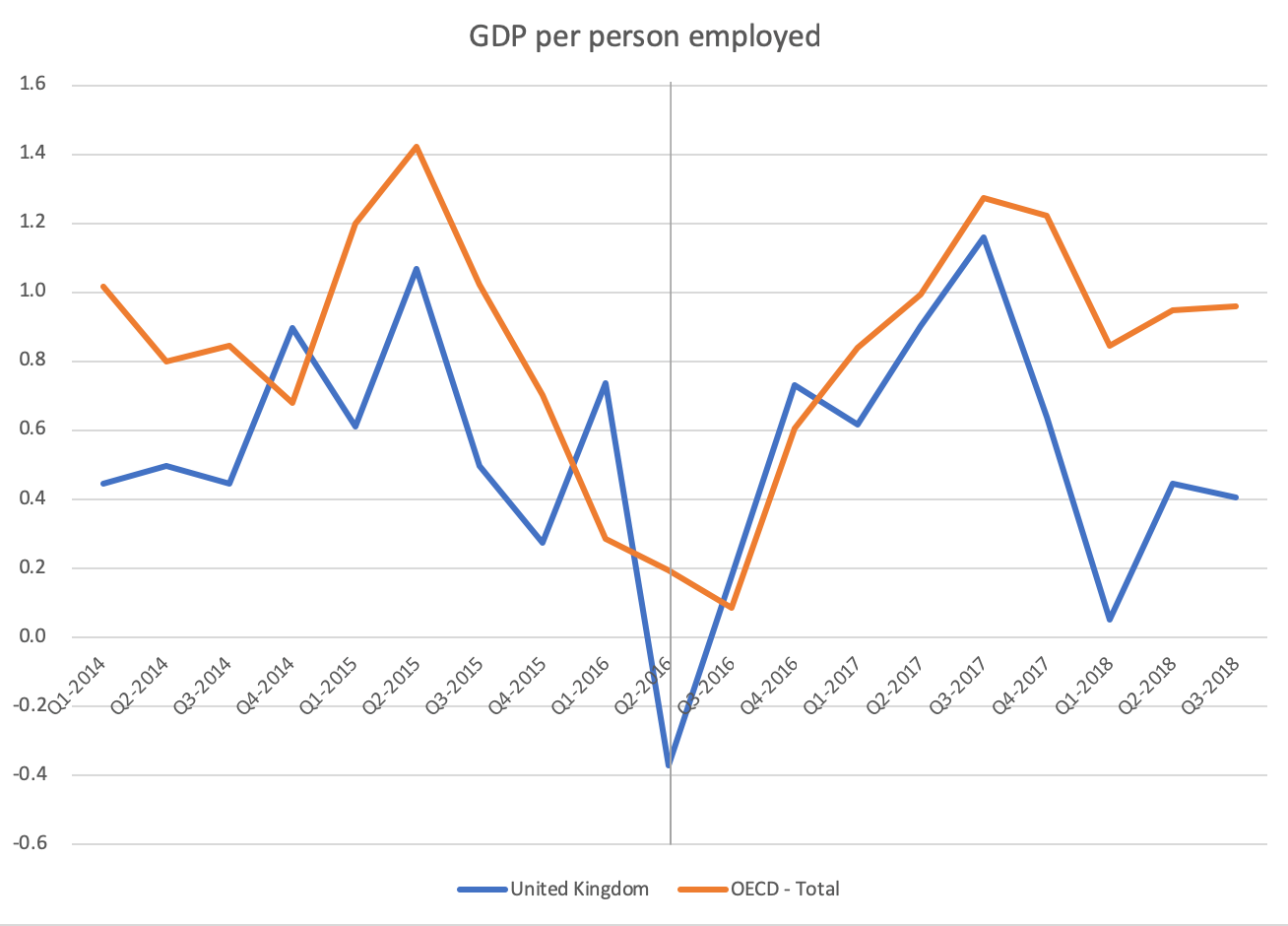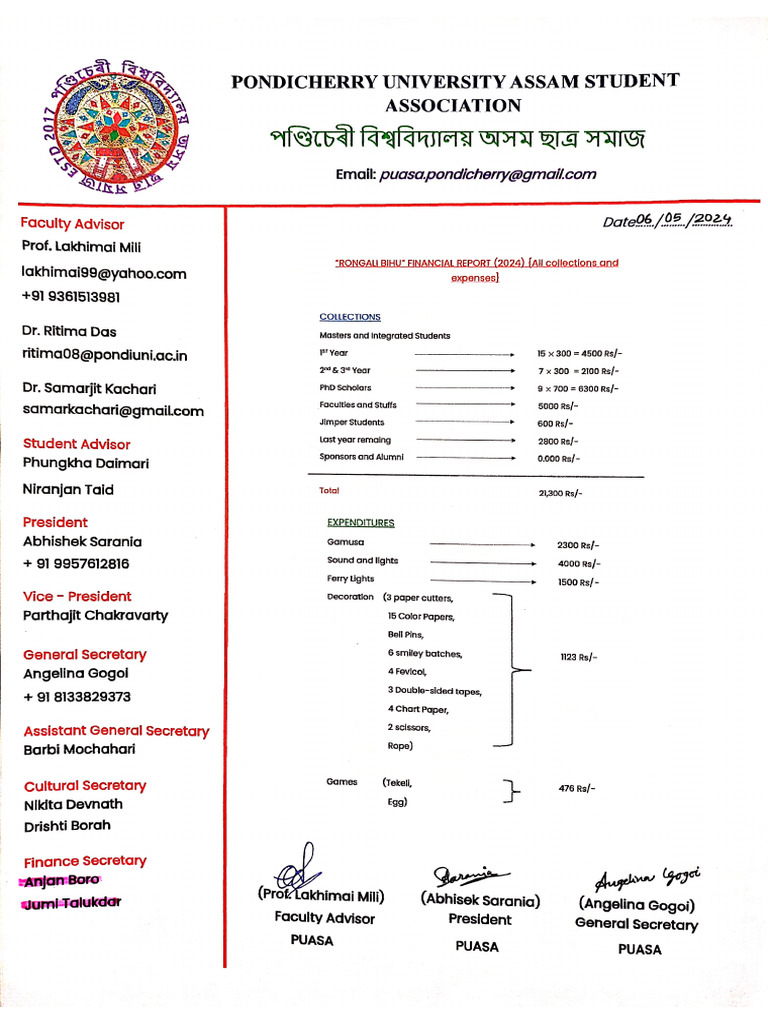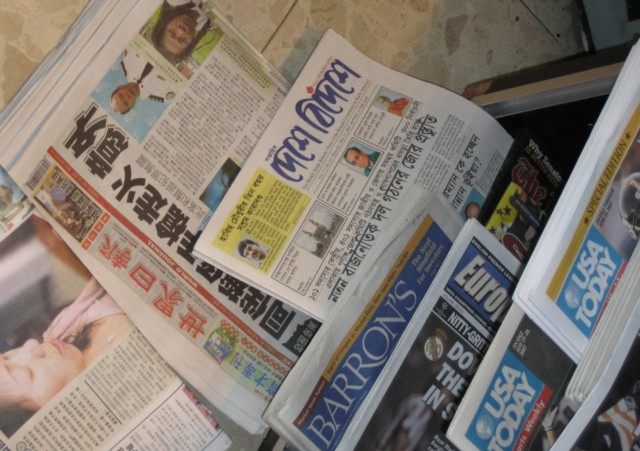UK Luxury Sector: Brexit Hinders EU Market Growth

Table of Contents
Increased Tariffs and Customs Duties
Brexit has introduced new tariffs and customs duties on luxury goods traded between the UK and the EU, significantly impacting profit margins for businesses. This increased cost of doing business within the EU market is a major concern for many UK luxury brands.
Impact on Profit Margins
- Increased costs for shipping and handling: The added expense of customs declarations, brokerage fees, and increased paperwork significantly increases the cost of getting goods to the EU.
- Reduced competitiveness against EU-based luxury brands: With higher prices, UK luxury goods are less competitive against their EU counterparts, who benefit from frictionless trade within the single market.
- Price increases potentially impacting consumer demand: Passing on these increased costs to consumers may lead to reduced demand, impacting sales and revenue. This price sensitivity is particularly acute in the luxury market.
Complex Customs Procedures
Navigating the new customs regulations is a significant challenge. The complexity and time-consuming nature of these procedures lead to delays and increased administrative burdens, further impacting profitability and efficiency.
- Requirement for extensive documentation: The paperwork required for each shipment is substantial, increasing administrative overhead and the risk of errors.
- Increased risk of delays and potential loss of perishable goods: Delays at customs can be particularly damaging for time-sensitive goods, such as fresh flowers or perishable food items often included in high-end hampers.
- Higher costs associated with customs brokers and compliance: Many businesses rely on specialist customs brokers to navigate the complexities, adding to their overall operational costs.
Supply Chain Disruptions
Brexit has significantly disrupted supply chains for UK luxury brands, impacting both the sourcing of materials and the transportation of finished goods. This disruption directly impacts production costs and delivery times.
Sourcing Raw Materials and Components
Many luxury goods rely on specific, high-quality raw materials and components sourced from within the EU. Brexit has made sourcing these materials more difficult and expensive.
- Increased lead times: Delays at borders and increased logistical complexities have extended lead times, disrupting production schedules.
- Higher transportation costs: The added cost of transporting materials across the border significantly impacts the overall cost of production.
- Potential shortages of essential materials: Disruptions can lead to shortages of vital components, potentially halting production and impacting order fulfillment.
Logistics and Transportation Challenges
Moving goods across the UK-EU border is now considerably more complex, resulting in increased costs and delays.
- Longer transit times: Border checks and increased customs procedures lengthen transit times, delaying delivery and potentially impacting customer satisfaction.
- Increased transportation costs due to new border checks: The extra time spent at border crossings increases transportation costs, impacting profitability.
- Potential for goods damage during transit: Increased handling during border checks increases the risk of damage to delicate luxury goods.
Reduced Consumer Access to the EU Market
The combined impact of increased costs and logistical complexities has reduced consumer access to UK luxury goods within the EU market.
Decreased Consumer Demand
Higher prices and potential stock shortages are directly impacting consumer demand.
- Consumers may opt for EU-based alternatives: Faced with higher prices for UK luxury goods, EU consumers may switch to comparable products from EU-based brands.
- Loss of brand recognition and market share: Reduced availability and increased prices could lead to a decline in brand recognition and market share within the EU.
- Difficulty reaching key demographics in the EU: Accessing and targeting key demographic groups in the EU is becoming more challenging due to the increased complexities of the market.
Challenges for E-commerce
Brexit has introduced significant challenges for UK luxury brands selling online to EU consumers.
- Increased VAT complexities: Navigating the complexities of VAT regulations across different EU countries adds significant administrative burden to online sales.
- Difficulties in handling returns: Returning goods from the EU to the UK is more complicated and expensive, impacting customer satisfaction and potentially reducing online sales.
- Increased shipping costs impacting online sales: Increased shipping costs directly impact profitability and reduce the competitiveness of UK luxury brands selling online in the EU.
Opportunities for Adaptation and Growth
Despite the challenges, opportunities exist for UK luxury brands to adapt and continue to grow, even within the context of the UK luxury sector Brexit EU market realities.
Investing in New Technologies
Embracing digital technologies can streamline logistics and enhance customer experience, mitigating some of the challenges posed by Brexit.
- Investing in automated customs procedures: Automating customs declarations and other processes can reduce administrative burden and streamline the flow of goods.
- Implementing real-time tracking systems: Providing customers with real-time tracking information improves transparency and enhances the overall customer experience.
- Enhancing online sales platforms: Investing in robust e-commerce platforms that address the complexities of VAT and returns across the EU is crucial.
Diversifying Markets
Exploring new markets outside the EU can help mitigate the impact of reduced access to the EU market.
- Targeting growth in Asia, North America, or other regions: Diversifying geographically reduces reliance on the EU market and opens up new opportunities for growth.
- Building strategic partnerships in new markets: Collaborating with local partners can help navigate new markets and build brand awareness.
- Adapting products and marketing strategies to suit different cultural preferences: Tailoring products and marketing campaigns to suit different cultural contexts is essential for success in new markets.
Conclusion
Brexit has undeniably presented significant challenges for the UK luxury sector's growth within the EU market. Increased tariffs, complex customs procedures, supply chain disruptions, and reduced consumer access have all played a significant role. However, opportunities for adaptation and growth remain. By investing in new technologies, diversifying markets, and navigating the new regulatory landscape effectively, UK luxury brands can overcome these obstacles and maintain their competitiveness on a global scale. Understanding the impact of UK Luxury Sector Brexit EU Market challenges is crucial for long-term success. Don't let Brexit hinder your growth; adapt and thrive.

Featured Posts
-
 Investing In Big Bear Ai Bbai A Penny Stock Deep Dive
May 21, 2025
Investing In Big Bear Ai Bbai A Penny Stock Deep Dive
May 21, 2025 -
 Vybz Kartels Historic New York City Performance Date Venue And Ticket Info
May 21, 2025
Vybz Kartels Historic New York City Performance Date Venue And Ticket Info
May 21, 2025 -
 Peppa Pig Welcomes A New Sibling A Guide To The Arrival
May 21, 2025
Peppa Pig Welcomes A New Sibling A Guide To The Arrival
May 21, 2025 -
 Abn Amro Voorspelt Stijgende Huizenprijzen Analyse Van De Markt
May 21, 2025
Abn Amro Voorspelt Stijgende Huizenprijzen Analyse Van De Markt
May 21, 2025 -
 Ing Group 2024 Annual Report Form 20 F Released
May 21, 2025
Ing Group 2024 Annual Report Form 20 F Released
May 21, 2025
Latest Posts
-
 Bochum And Holstein Kiels Bundesliga Relegation Leipzigs Champions League Failure
May 21, 2025
Bochum And Holstein Kiels Bundesliga Relegation Leipzigs Champions League Failure
May 21, 2025 -
 Bangladeshinfo Com News Information And Resources On Bangladesh
May 21, 2025
Bangladeshinfo Com News Information And Resources On Bangladesh
May 21, 2025 -
 Bayern Munichs Bundesliga Celebrations Postponed By Leverkusen
May 21, 2025
Bayern Munichs Bundesliga Celebrations Postponed By Leverkusen
May 21, 2025 -
 Severe Wind Risk Fast Storms And Safety Precautions
May 21, 2025
Severe Wind Risk Fast Storms And Safety Precautions
May 21, 2025 -
 High Wind Warnings What To Do During Fast Moving Storms
May 21, 2025
High Wind Warnings What To Do During Fast Moving Storms
May 21, 2025
